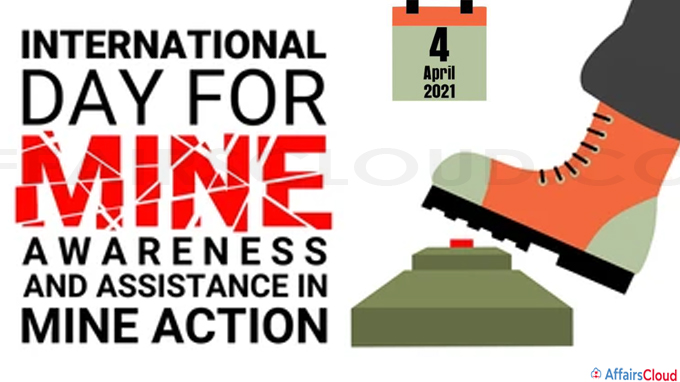Icelandic Town Evacuated After Volcanic Eruption Sparks Chaos
On April 2, 2025, Iceland’s southern Reykjanes Peninsula was rocked by yet another volcanic eruption, marking the 11th since the eruption period began in 2021. This eruption, which has led to the evacuation of the town of Grindavík and the nearby Blue Lagoon tourist attraction, is causing significant concern due to its intensity and proximity to populated areas.
The eruption began with a series of strong earthquakes that had been rumbling beneath the earth’s surface early in the morning. The Icelandic Meteorological Office (IMO) reported that an “earthquake swarm” began around 6:30 AM local time, originating in the Sundhnúkur crater row. This phenomenon is typical of volcanic activity in the region, as seismic shifts are often a precursor to eruptions.
By 9:45 AM local time, the earthquakes were followed by the eruption of lava and smoke, with a fissure opening up just north of Grindavík, a coastal town known for its fishing industry and proximity to the Blue Lagoon, one of Iceland’s most popular tourist attractions. The eruption site was near the protective barriers that have been built around the town to safeguard it from potential volcanic hazards. However, the eruption quickly overwhelmed these defences, with an orange-red fissure spitting out molten lava and clouds of smoke.
Within an hour of the eruption, at 10:00 AM local time, the lava had already breached the defensive walls and began to spread southward, toward Grindavík. The situation rapidly escalated, prompting authorities to issue emergency alerts and activate warning sirens throughout the town. By 12:35 PM, local estimates indicated that the fissure had already grown to around 1,200 metres in length, with lava continuing to flow toward the town.
As the situation grew more dire, a second fissure opened up between the protective barriers surrounding Grindavík and the town itself. This second eruption site increased the threat to Grindavík, as the protective walls that had been constructed to shield the town from previous eruptions were no longer enough to hold back the advancing lava.
Local authorities acted swiftly to implement evacuation measures. The town of Grindavík, which houses around 3,000 residents, was evacuated as a precaution. Thousands of residents were moved to safe areas, with authorities advising them to stay away from the eruption zone due to the dangerous lava flows, toxic gases, and ash clouds. The Blue Lagoon resort, a major tourist destination known for its geothermal spa, was also evacuated. Visitors, many of whom had planned to relax in the soothing, mineral-rich waters of the lagoon, were relocated to safety.
Iceland’s Civil Protection Agency raised the alert level for the area to red, the highest level, which indicates a serious and imminent threat to life. Officials warned of potential further eruptions in the coming days, as the Reykjanes Peninsula has been particularly volatile since the eruption period began in 2021.
This is not the first time the region has faced such an eruption. In fact, the current eruption is part of a series of volcanic events that have been taking place along the Reykjanes Peninsula since March 2021. That marked the beginning of a new phase of volcanic activity in the region, which had been dormant for nearly 800 years before that. The recurring eruptions have been closely monitored by volcanologists, with many experts predicting that the Reykjanes Peninsula will continue to be an area of high volcanic risk in the foreseeable future.
Iceland is no stranger to volcanic eruptions, as it sits atop the Mid-Atlantic Ridge where tectonic plates meet. However, this particular series of eruptions has been particularly concerning due to its frequency and proximity to populated areas, as well as the tourism hotspots that dot the landscape.
While volcanic eruptions in Iceland are a natural part of the island’s geological cycle, the combination of active lava flows, volcanic ash, and seismic activity poses significant hazards to both local residents and tourists. Local authorities are working with national agencies and the Icelandic Red Cross to provide assistance to those evacuated and ensure their safety.
As of now, the eruption continues, and authorities are urging people to stay updated on the situation. The National Commissioner of the Icelandic Police has emphasized the importance of following evacuation orders and staying clear of the eruption zone, as the situation remains unpredictable. The island’s residents and visitors are anxiously waiting for further developments and hoping that the eruption will subside without causing further damage.
For now, the focus remains on the safety of the people, the protection of property, and the monitoring of the volcanic activity that shows no sign of slowing down in the immediate future. The eruption has become yet another stark reminder of the power and unpredictability of nature in this volcanic hotspot.



